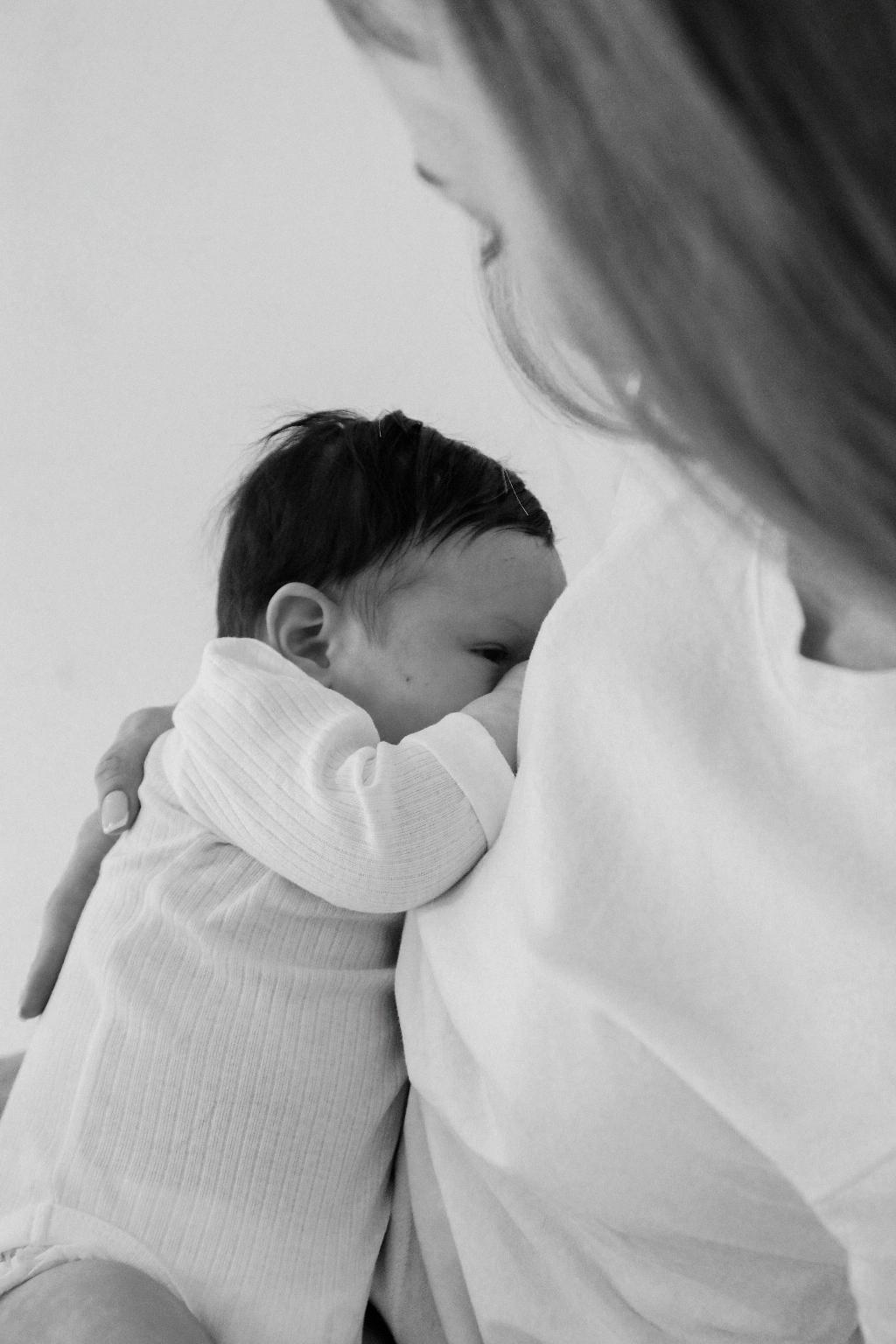When it comes to the nutritional requirements of a 5-month-old baby, breastmilk plays a crucial role in providing essential nutrients for optimal growth and development. Research indicates that exclusively breastfed infants typically consume an average of 25 oz (750 mL) of breastmilk per day during the period between 1 month and 6 months of age.
Varied Milk Intake Among Babies:
It’s important to note that each baby is unique, and their milk intake can vary. While the average intake is around 25 oz per day, the range of milk intakes for breastfed babies between 1 and 6 months old typically falls between 19-30 oz per day, which is equivalent to 570-900 mL per day.
Factors Influencing Milk Consumption:
Several factors can influence the amount of breastmilk a 5-month-old baby needs. These factors include the baby’s growth rate, activity level, metabolism, and individual hunger cues. It’s essential for parents to pay attention to their baby’s feeding cues and adjust their breastfeeding routine accordingly.
Monitoring Baby’s Weight Gain:
One of the key indicators of whether a baby is getting enough breastmilk is their weight gain. Pediatricians often track a baby’s growth curve to ensure they are gaining weight steadily. Adequate milk intake is essential for healthy weight gain and overall development.
Signs of Hunger and Fullness:
Parents can look for cues from their baby to determine if they are hungry or full. Signs of hunger include rooting, sucking on hands, or increased alertness. On the other hand, signs of fullness may include turning away from the breast, becoming less interested in feeding, or falling asleep.
Feeding on Demand:
Responsive feeding, also known as feeding on demand, is recommended for breastfeeding babies. This approach allows the baby to dictate their feeding schedule based on their hunger and appetite. It’s essential for parents to offer the breast whenever the baby shows signs of hunger.
Cluster Feeding and Growth Spurts:
During growth spurts, babies may exhibit increased feeding frequency, also known as cluster feeding. This behavior is a natural response to support their rapid growth and development. Parents should accommodate the baby’s increased hunger during these periods.
Importance of Skin-to-Skin Contact:
Skin-to-skin contact between the baby and the parent can promote bonding and facilitate successful breastfeeding. The close physical contact stimulates milk production and helps regulate the baby’s feeding patterns. It can also enhance the baby’s overall well-being.
Consulting a Lactation Consultant:
If parents have concerns about their baby’s milk intake or breastfeeding technique, consulting a lactation consultant can provide valuable support and guidance. Lactation consultants are trained professionals who can offer personalized advice to address specific breastfeeding challenges.
Ensuring Proper Nutrition for the Baby:
Providing adequate breastmilk is essential for meeting the nutritional needs of a 5-month-old baby. Breastmilk contains a unique blend of nutrients that support the baby’s immune system, brain development, and overall growth. It’s a natural and nourishing source of nutrition for infants.
Conclusion:
In conclusion, the amount of breastmilk a 5-month-old baby needs can vary but typically falls within the range of 19-30 oz per day. Parents should observe their baby’s hunger cues, monitor weight gain, and seek guidance if they have concerns about breastfeeding. By providing sufficient breastmilk and engaging in responsive feeding practices, parents can support their baby’s health and well-being during this critical stage of development.

